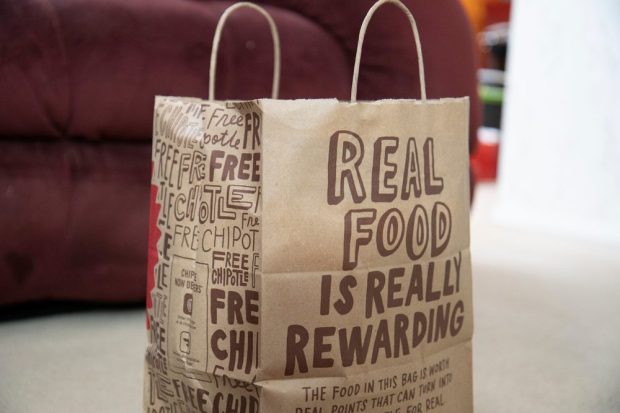Restaurants on Aggregators Generate Buzz to Combat Scrolling Fatigue

With the digitization of the restaurant industry, aggregators’ marketplaces have become overwhelming for many consumers.
In an interview with PYMNTS, André Moraes, senior director of marketing at PepsiCo Foodservice and head of PepsiCo Foodservice’s Digital Lab, explained that, in getting to know the ghost kitchen space, the company has noticed a trend of scrolling fatigue.
“What we find many times is, scrolling through options of where to order from feels a lot like scrolling through what to watch,” Moraes said. “When you’re streaming something and when you’re ordering your meal, the experience tends to feel very similar. We’re accustomed to new content when we’re streaming content. We’re starting to find that consumers are really eager to find new options in dining.”
He added that this novelty could take several forms, including “culinary innovation” at consumers’ existing favorite restaurants and “entirely new offerings” from new brands.
Indeed, digital ordering marketplaces have exploded in recent years. Research from PYMNTS’ study The Restaurant Readiness Index 2022 Edition, for which we surveyed more than 500 managers of quick-service and full-service restaurants (QSRs and FSRs), finds that 90% of restaurants offer delivery. Indeed, they need to do so to remain competitive; the study found that 100% of top-performing eateries are available for delivery, while only 77% of bottom performers are.
Yet it is not enough to be available for delivery — restaurants must find ways to stand out on virtual platforms. For traditional restaurants with a brick-and-mortar presence, some of this work is done already by their physical locations. Eateries can create a connection to their brand by offering a compelling in-store experience and high-quality service.
As Joey Simons, senior vice president of operations for culinary brand C3 by sbe told PYMNTS in a spring 2021 interview, “Consumers feel most connected to brands they can see, touch and connect with in person. These are the brands that will survive on and off the delivery apps.”
That said, brands cannot rely on that in-person experience to drive digital sales. They must also invest in high-quality photography and be thoughtful about their branding and storytelling. Still, virtual brands must work even harder, challenged to find ways to create connections with consumers in the absence of those physical spaces.
Some ghost kitchens are addressing this problem by attaching a buzz-generating name to their offerings, working with influencers to build a digital following. Take, for instance, YouTuber MrBeast’s MrBeast Burger, created in collaboration with ghost kitchen company Virtual Dining Concepts.
Indeed, there is an entire boutique industry of celebrity-helmed virtual brands with notable personalities ranging from culinary stars like Guy Fieri to pop sensations such as Mariah Carey launching delivery-only eateries.
Others are approaching the issue by leveraging time-tested loyalty-building strategies to create ongoing customer connections, such as offering rewards points. Chicago-based Asian-style restaurant brand Wow Bao, available via hundreds of virtual locations in addition to a handful of brick-and-mortar stores, did this last year with the launch of its Bao Buck program in partnership with Paytronix, touting the offering as the first virtual kitchen rewards program.
“The most important thing in the virtual restaurant space is trust, and now you don’t know where your food’s coming from, so you’ve lost that connection or that trust,” Wow Bao CEO Geoff Alexander said in an interview with PYMNTS. “In the virtual dining segment, [it’s] up to us as operators to find ways to connect and make the guests feel good eating in their house.”
